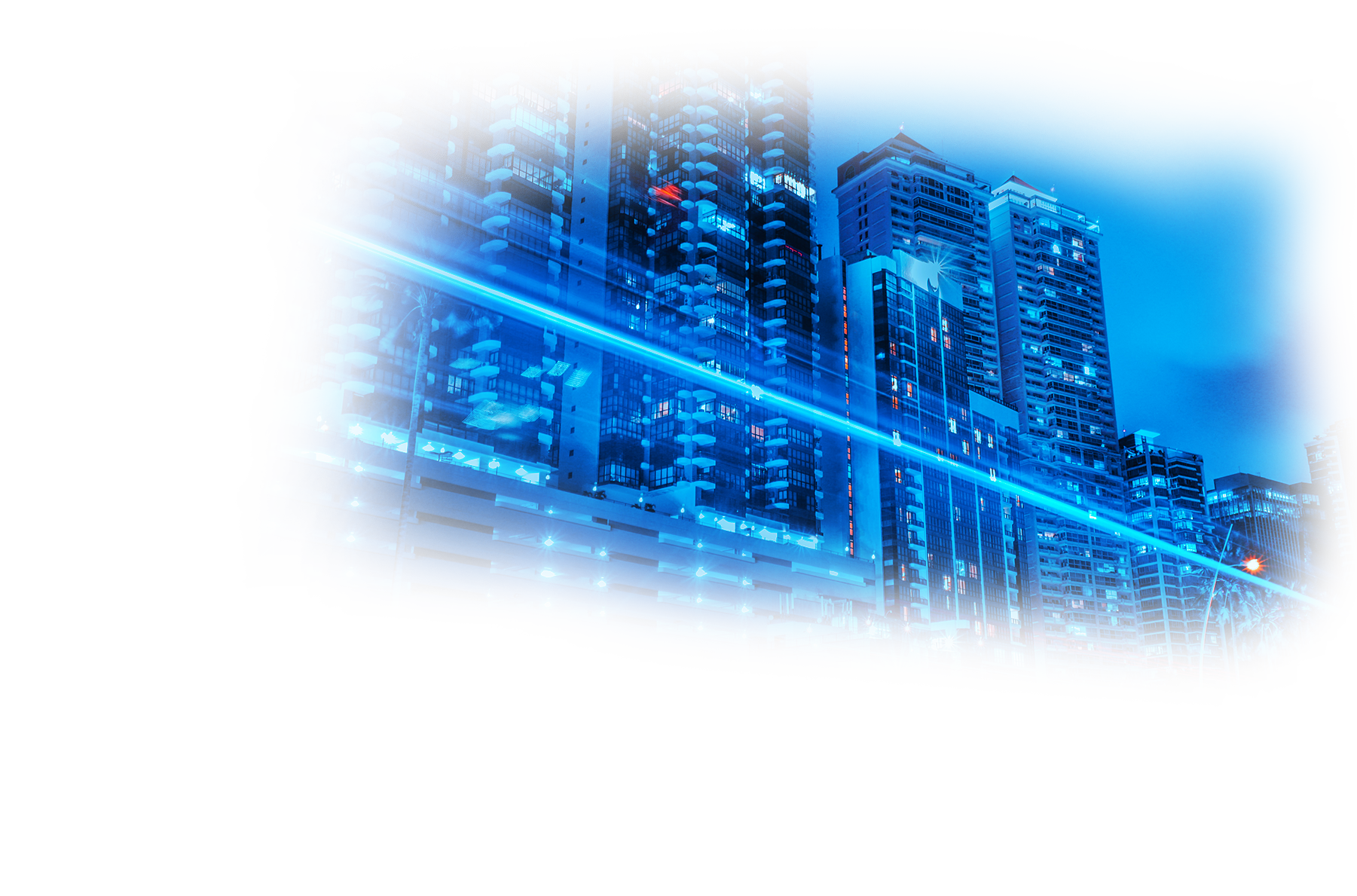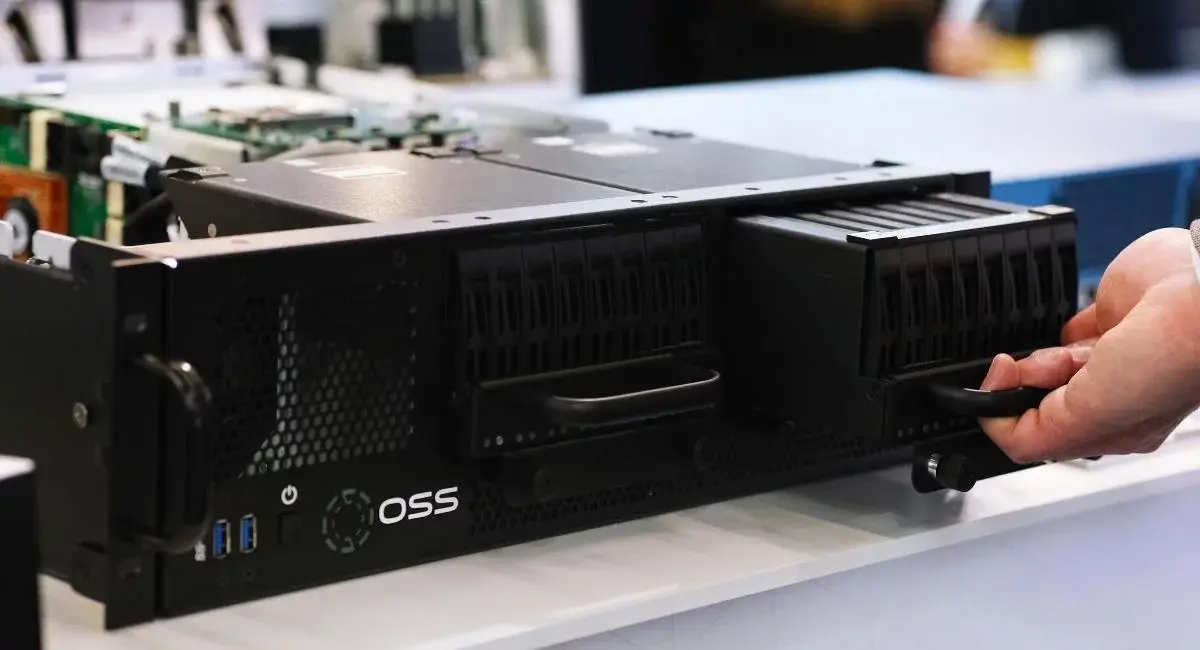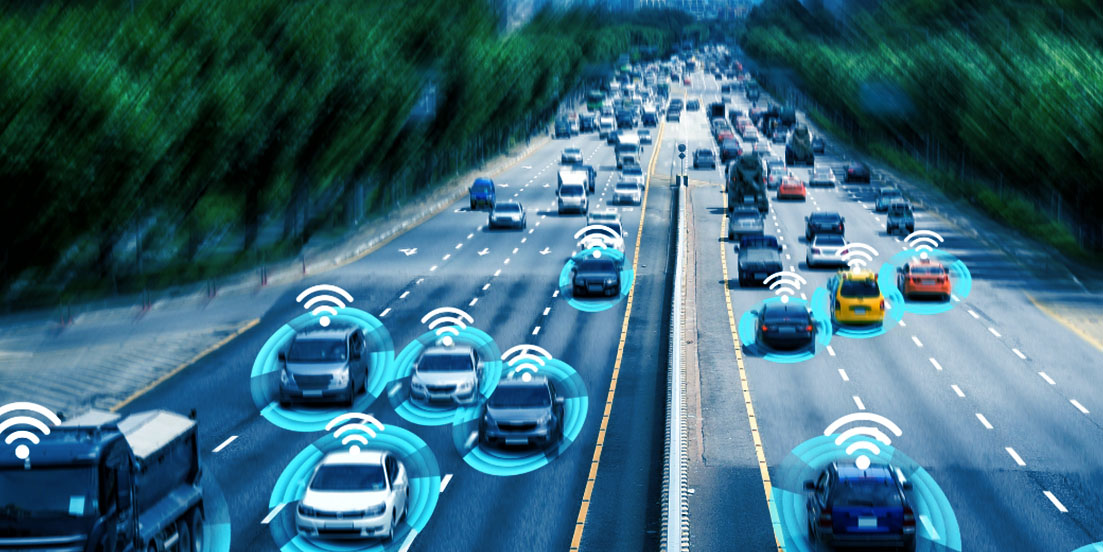11/02/2024 - Branch News
Smart Cities: How innovations are revolutionizing public and private sectors

How cities become Smart Cities
Creating a smart city requires more than just the deployment of technologies; it's about innovatively designing a city that meets the needs of its residents while being sustainable. Many cities and municipalities are already grappling with deficits and lack the resources to invest in large infrastructure projects. Moreover, most bureaucracies lack seamless information and resource flow between government departments and the public and private sectors. Cross-sector collaboration is crucial for building a smart city - a so-called Smart City. Therefore, there must be a system in place where government agencies and private investors can collaborate to bring innovation and public policy for the benefit of the city.
A smart city plan
Those at the forefront of development understand that a smart city must prioritize the needs of its residents and local businesses. All technological integrations must align with the city's needs, as the implementation of technologies that only look good on paper will inevitably fail. A smart city plan should include infrastructure that enhances and expands urban workflows and promotes scalability.
Wi-Fi for all residents
One of the first measures should be the creation of a citywide Wi-Fi network. Several cities have already established free Wi-Fi hotspots in public areas such as airports, museums, and parks. A well-designed citywide network should also support cross-sector functions, such as communication between emergency vehicles and traffic lights. In the future, all forms of public and private transportation could be integrated into this infrastructure. In the case of San Francisco, the Wi-Fi project was a collaboration between local officials and the Google Corporation. By increasing Wi-Fi coverage, citizens of metropolises are better integrated into the Internet of Things (IoT).
The core of a smart city infrastructure comprises various industrial wireless solutions. Initially, cities should address bandwidth and security issues in their Wi-Fi system design. A properly designed citywide network should also support cross-sector functions. This type of cross-functionality currently exists in some cities, allowing emergency vehicles to communicate with traffic lights. The infrastructure of a smart city could go beyond this integration and encourage information exchange among all forms of public and private transportation.
The future of driving
Smart city infrastructure can enhance the commuting process for public transportation and local transit. Many commuters currently rely on crowd-share platforms to access the most reliable traffic information. Real-time traffic flow updates can be provided without commuters having to provide their own data. Smart city residents could check traffic, public transit schedules, and the capacity of each bus, train car, and more. By investing in these communication systems, public transportation can become more appealing to commuters while increasing the usage of public transit.

Implementing Vehicle-to-Network (V2N) systems could make driving safer and more efficient. V2N technologies can reduce traffic congestion by wirelessly collecting generated data and exchanging this information across the network. City infrastructure devices can relay speed limits, hazard alerts, changes in safety conditions, or environmental conditions to vehicles and individuals with the appropriate devices. The early stages of Vehicle-to-Infrastructure (V2I) are currently being implemented by many cities as they hold great potential for improving traffic flow.
Many cities are currently implementing the early stages of Vehicle-to-Infrastructure (V2I) as they offer significant potential for improving traffic flow within a city. Conservative estimates suggest that major U.S. cities such as Portland, Dallas, Houston, Chicago, Phoenix, Kansas City, Palo Alto, and Washington D.C. could pave the way by implementing V2I technology into their infrastructure. As of now, these cities collectively have installed the required framework for V2I technology at over 2,000 intersections, with more cities investing daily.
A secure and sustainable living environment
Technology can not only improve traffic but also enhance the safety and sustainability of the city. For example, smart surveillance systems can be utilized to combat crime and increase public safety for residents. These systems can also be used to monitor environmental conditions, reducing air and water pollution and improving the health of citizens. By integrating renewable energy into urban infrastructure, cities can also become more sustainable and reduce their CO2 emissions.
Smart security and data exchange
Device management systems, application deployment, and data exchange offer Smart Cities the opportunity to reinvent network security measures such as encryption and regular software updates. Government standard protocols like WAP2 are an excellent starting point, but as technology advances, so will the capabilities of those seeking to cause disruptions. This is already prevalent in the private sector and transitioning to WAP-HNO.

Big Data will also play a central role. Cloud services like Amazon Web Service (AWS) and Microsoft Azure have already become the backbone of the "cloud." Currently, over 2,000 government agencies use AWS for their cloud computing. With an increasing number of companies utilizing Big Data, Smart Cities will benefit from the advantages. Big Data and cloud computing not only offer the ability to transmit large volumes of data but also provide insights into data analysis. The collected data allows Smart City officials to better understand the needs of local residents and businesses and make appropriate changes.
Creating investment incentives for the entire city
Currently, not all the technology needed to develop a smart city is available. However, city initiatives can help accelerate the adoption process and, above all, drive innovation. By collaborating with leading local governments, utilities, providers, and service providers can begin to develop technologies that match the aesthetics of each city. This innovation would also foster healthy competition, as companies race to create the resources needed to bring a smart city to life. The push could also encourage the private sector to intensify research and allocate funds for emerging ideas or technologies. Cities can also recruit local colleges and universities to leverage their smart city title as an incentive for local students to stay in the state and pursue jobs in the industry.
Creating an intelligent and sustainable city requires comprehensive collaboration between government agencies, private investors, and their residents. A smart city must be tailored to the needs of its citizens and provide infrastructure that is scalable, secure, and sustainable. By integrating technologies such as V2N and smart surveillance systems, cities can become safer and more efficient, while renewable energies can contribute to reducing CO2 emissions. However, a smart city is more than just technology - it also requires active citizen participation in the development and implementation of smart city initiatives.
More articles

Mar 19, 2025 11:51:08 AM Entdecken Sie, wie maßgeschneiderte Hardwarelösungen und mobile Rechenzentren Unternehmen dabei unterstützen, ihre IT-Infrastrukturen flexibel und effizient an spezifische Branchenanforderungen anzupassen.

Sep 2, 2024 12:48:54 PM Find out how innovations are revolutionizing public and private sectors and turning cities into intelligent, sustainable smart cities.

Sep 2, 2024 12:46:16 PM Find out how innovative IoT solutions are revolutionizing connectivity in the transit sector and ensuring greater efficiency and safety.

Want to stay up to date?
- Then sign up for our newsletter!